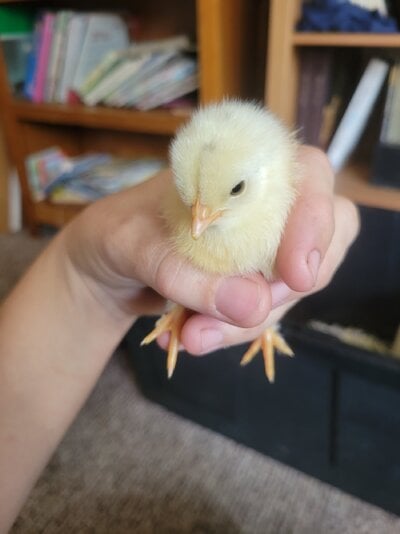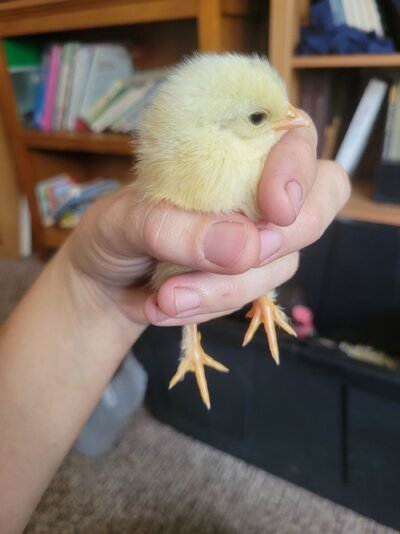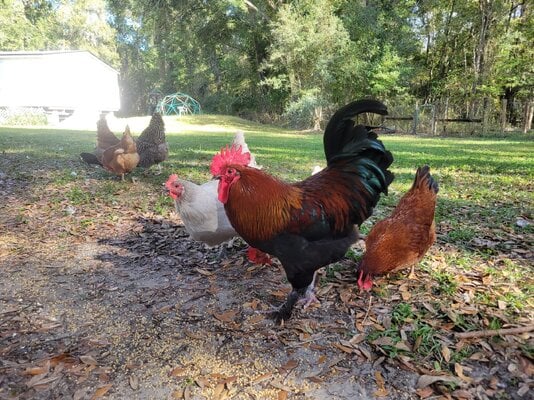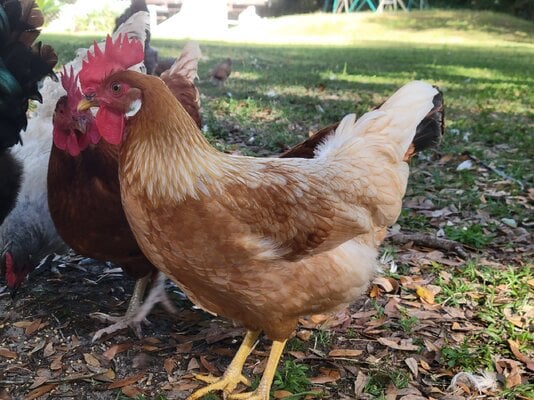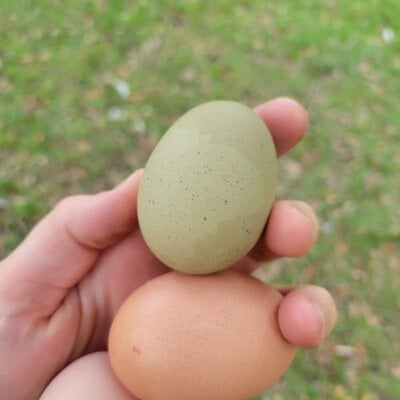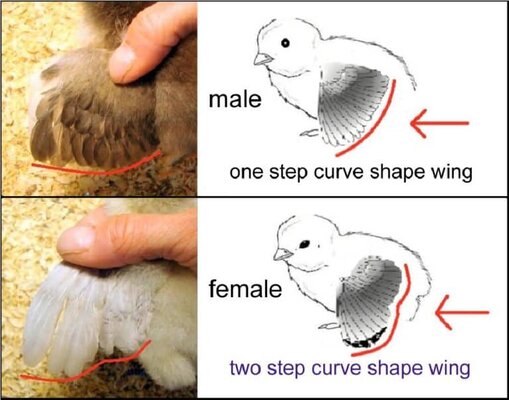Stephh0701
Songster
So I did a hatch and we ended up with 11 cute little chicks. I hatched 2 of them from a nice olive egg (same hen just 2 eggs) daddy is a black copper maran rooster (could be 1 of 3 that I have). The thing is that they're yellow chicks. All the others from my blue or green eggs came out black and one is chocolate colored. For the yellow chicks their mom is a starlight green egger (I think that's what she was called) and she's very light. White with light red. If dad is dark does that mean these two chicks are most likely boys since they take after mom and are light? I'm not really familiar with chicken genetics but people keep saying that if they look like mom chances are boy and if they look like dad they have a higher chance of being a girl.

